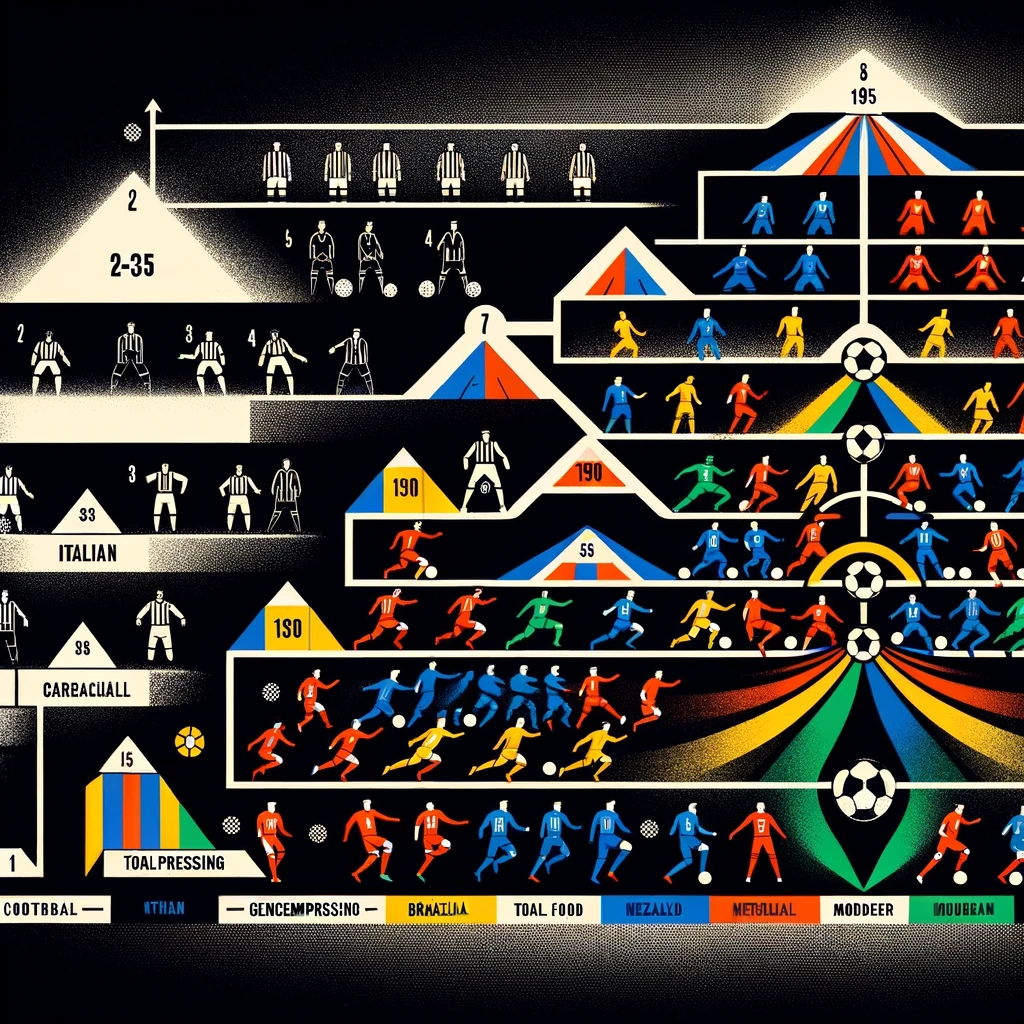The Evolution of Football Tactics Over the Decades
Football, or soccer as known in some parts of the world, has undergone significant tactical evolution over the decades. From the early formations to the complex systems used by today's coaches, the development of football tactics has been influenced by a multitude of factors including changes in rules, advances in player fitness, and cultural shifts within the sport.
Early Beginnings
In the early 20th century, football tactics were fairly rudimentary. The original formations, such as the 2-3-5 Pyramid system, emphasized attacking play with five forwards. This formation dominated the early years and reflected the attacking mentality of the era.
Shift Towards More Defensive Systems
By the 1950s and 1960s, football began seeing a shift towards more balanced or even defensive tactics. The legendary Hungarian side of the 1950s disrupted the status quo with a more fluid attacking strategy, often switching positions that confused their more rigid opponents. This period also saw the introduction of the 4-2-4 formation by the Brazilians, which eventually evolved into the more familiar 4-3-3, balancing defense and attack.
The Italian Influence
In the 1960s, Italian football introduced a highly tactical and defensive system known as "Catenaccio," a term that translates to "door-bolt," which describes its defensive solidity. This system employed a more rigorous defensive structure, emphasizing counter-attacks. The sweeper, or libero, was a key component in this formation, playing behind the line of defenders, cleaning up mistakes, and initiating attacks from deep.
Total Football Revolution
The 1970s witnessed the revolutionary "Total Football," famously implemented by Ajax and the Netherlands national team, led by Rinus Michels and epitomized by Johan Cruyff. This tactic relied on players being skilled enough to interchange positions seamlessly, maintaining the team's structure regardless of player movement. This highly fluid system emphasized control and possession, changing how football was played at a fundamental level.
The Modern Era
The late 20th and early 21st centuries have seen further evolutions with the widespread adoption of the 4-4-2, which then shifted to more midfield-heavy setups like the 4-5-1 and 4-3-3, focusing on controlling the midfield area, versatility in attack, and stability in defense. The introduction of the false nine and the increasing use of technology and data analytics have also transformed tactical approaches. Teams like Barcelona under Pep Guardiola have exemplified the success of possession-based tactics, while others have found success with high-pressing styles like Jürgen Klopp’s "Gegenpressing."
Tactical Diversity Today
Today, football tactics are more diverse than ever, with coaches like Guardiola, Klopp, and others continuously adapting and evolving their strategies to gain competitive advantages. The use of data analytics has become increasingly important, with teams studying vast amounts of data to refine tactics, prepare for opponents, and recruit players that fit into specific systems.
Football tactics have come a long way from the early days of the 2-3-5 formation. The evolution has been shaped by innovative thinkers throughout the decades who have left a lasting impact on the game. As the sport continues to grow, the only certainty is that football tactics will keep evolving, driven by new ideas, technologies, and the endless pursuit of winning.





